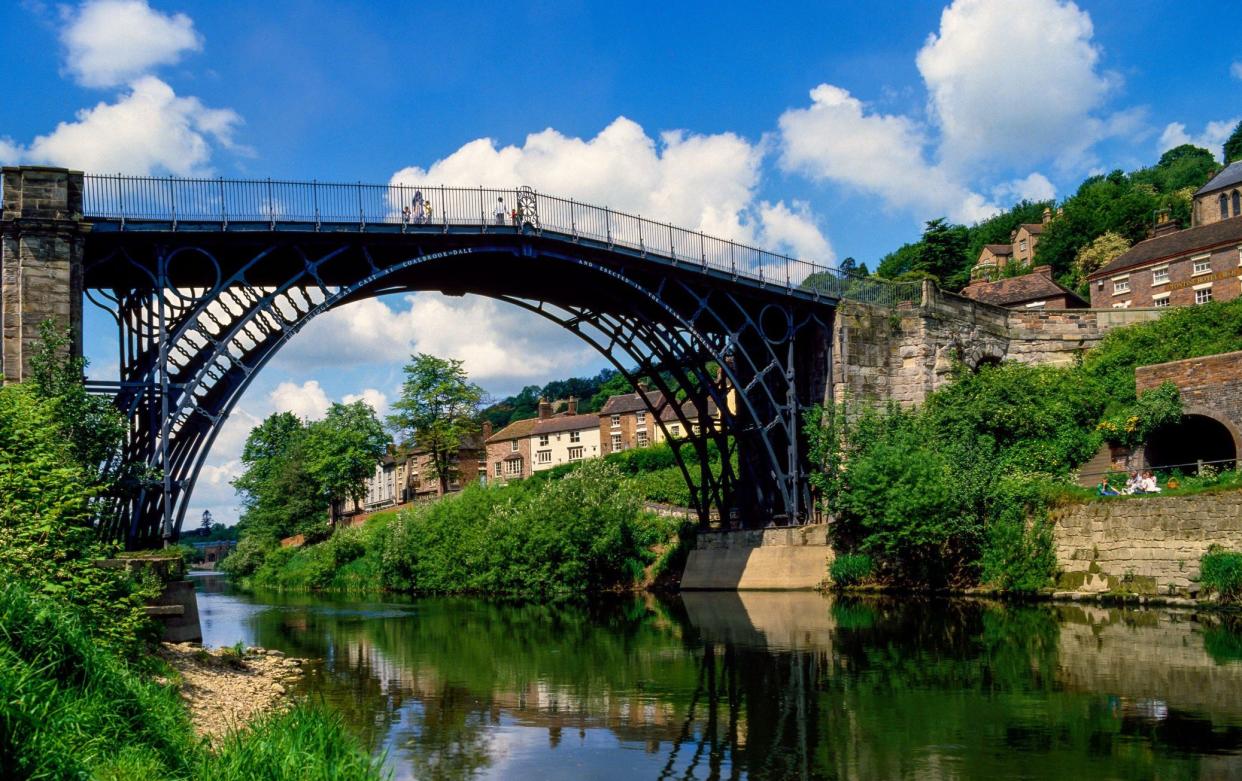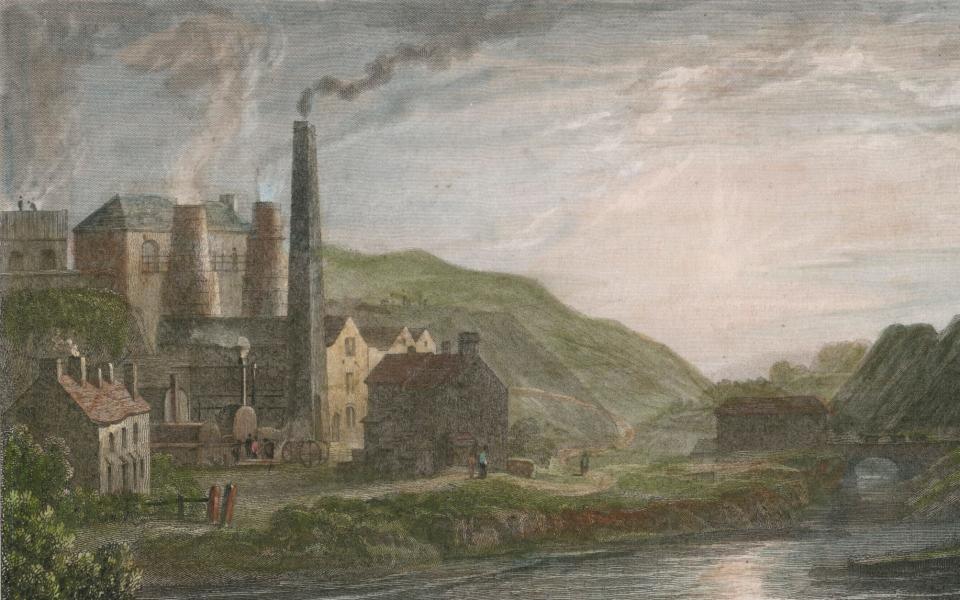Warm regards from Ironbridge Gorge ... ‘the birthplace of climate change’

Ironbridge Gorge is best known as the birthplace of the industrial revolution. But the Unesco World Heritage Site is also considering adopting the moniker “birthplace of climate change”.
The head of the site’s 10 museums, on the edge of Telford, Shropshire, told The Sunday Telegraph that he wanted to teach visitors about Britain’s role in global warming and showcase the district as an example for transitioning to clean manufacturing.
Ironbridge was “the Silicon Valley of its day” and made Britain the leading economic power of its age, said Nick Ralls, of the Ironbridge Gorge Museum Trust.
“The other side of that same coin is that the iron smelting experiments happening in the gorge really signalled the beginning of pollution. It was those early beginnings that lead … to pollution that’s still happening today.”
The museums are updating their displays to include descriptions of how the innovations pioneered in the area led not only to the modern economy but to climate change. That includes considering making use of the phrase “birthplace of climate change”.
“It’s an evocative phrase to use and one which we’re thinking through carefully,” he said, “ [but] if we use that phrase we need to follow it up with action”.
The museums will also look to incorporate the legacy of the Cop26 climate summit into their exhibits.
The trust is among a number of industrial heritage institutions across Britain that are having to confront changing attitudes to the country’s history of heavy industry and pollution.
The National Mining Museum of Scotland and the Summerlee Museum of Scottish Industrial Life are among those putting on special events for Cop26, which is being held in Glasgow next month.
Mr Ralls told The Telegraph that Telford and the Ironbridge Gorge area showed how industrial areas could move with the times and meet demands from the likes of Greta Thunberg for action.
“The gorge itself and Telford is a good example of a success story of how a district has reinvented itself. It was attached to all these old polluting processes and it’s moved on and is at the cutting edge of technology and industrial development.”
Telford is now home to AceOn, a battery technology and energy storage company, while hi-tech trains are being tested in the area.
Ironbridge’s industrial heritage began in the first decade of the 18th century, when the experiments of Abraham Darby in Coalbrookdale led him to develop the method of smelting iron using coking coal instead of charcoal, producing a superior and cheaper metal.

It takes its current name from the Iron Bridge, the world’s first major bridge to be made from cast iron, which was built in 1781.
The region, formerly known as the Severn Gorge, became an industrial hub, with its unique geography enabling not just coal mining and iron forging, but clay, porcelain and tile production.
That also made it one of the first areas of Britain to succumb to smoke stacks and heavy pollution of its air and waterways.
The site is now suffering the long-term effects of that pollution. Rising global temperatures and more intense rainfall mean that the riverside museums are flooding on an annual basis, where they used to flood just once every five years.
Survey work will be done to assess the impact on the historic buildings, including the Gothic revival Victorian warehouse of the Museum of the Gorge, but changes to museum displays are already being made.
“We’re redesigning all the displays so that they’re demountable so that the contents can be removed,” said Mr Ralls.
Items that are susceptible to high humidity, such as textiles, will also have to be removed from display to protect them from decay.
The Trust also wants to incorporate modern technology and environmentally friendly methods of heating and lighting the museums, although they are limited by conservation considerations.
Mr Ralls hopes it will provide inspiration to other industrialised areas. “It’s a very topical story that we have to tell, because it’s one about innovation and the changing economy.”

